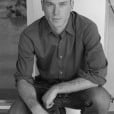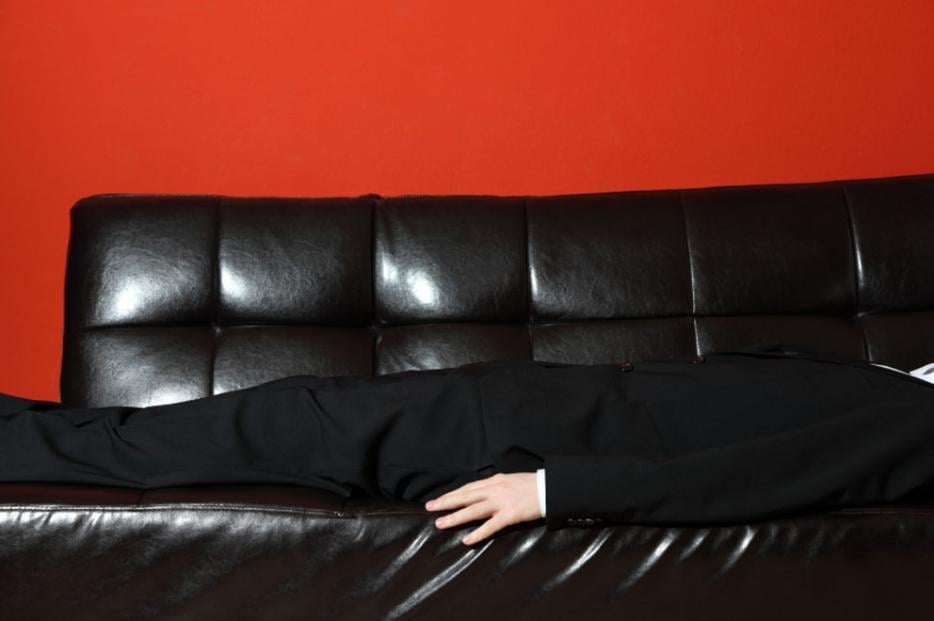Barry Michels is a Los Angeles-based psychiatrist, lauded by Hollywood creative types for his unconventional methods. For the past two decades, he and his mentor, Phil Stutz, have been developing “The Tools,” five exercises that promise to turn your greatest problems into your greatest strengths. (“The Reversal of Desire,” for instance, tells clients to stop running from uncomfortable situations and instead pray for such situations to arise.) But there’s a catch: the exercises only achieve their full impact if you also put your faith in a universal binding force—Stutz always referred to this force as “higher powers” to leave room for interpretation. Michels, following his mentor’s lead, impressed the power of belief upon his clients for over a decade and watched as they thrived. Meanwhile, secretly, he couldn’t overcome his atheist upbringing.
In 1993, on the first anniversary of his son’s birth, Michels dreamed that an earthquake annihilated his home. Moments before he knew he’d be killed, he decided to have faith, and was flooded with “a greater love” than he’d ever felt before. A year later to the date, a real earthquake struck his house. The coincidence was too bizarre to overlook; Michels went to Stutz, admitting that he’d never believed in the higher powers, but felt, now, that the universe was telling him he must. Stutz encouraged him to at least pretend to believe for a while, and when Michels followed his advice, the Tools Michels had been using for years were infused with new strength. He let go of a lifetime of resentment and became a better husband, father, and therapist. All his past failures suddenly seemed meant to be, a path to his epiphany.
In the age of modern science, religion is often thought of as a placeholder for what we don’t yet understand. And since therapy is supposed to help us understand our own minds, bringing God into the therapy session seems like giving up. But while science can explain how our minds work, it’s less helpful with ordering our inner lives; it can tell us that Michels’ earthquakes were a statistically improbable coincidence, for instance, but it doesn’t illuminate the thoughts and feelings those earthquakes inspired in Michels himself. If science ultimately can’t make meaning out of our feelings, maybe “higher powers” could be of therapeutic value.
It makes sense that both Stutz and Michels share some background in the philosophy of Carl Jung: his rift with Sigmund Freud a hundred years ago represents the divergence of spiritual from rational therapy. Like Michels, Jung brought a crisis of faith, albeit an opposite one, to his mentor. Freud wanted to develop psychoanalysis as a hard science, theorizing that early sexuality was the only important factor in adult neuroses. Jung, on the other hand, felt that a relationship with a divine figure (or a host of them) was a necessary element of mental health. As such, his philosophy had a broader—and, one might say, higher—purpose than reducing anxiety in individuals. In Memories, Dreams, Reflections, which Jung dictated in the final years of his life, he worried about the state of the human soul following World War II; failure to reckon with forces of good and evil within ourselves, he thought, caused us to play out our inner conflict through global violence.
Jung thought that if a person could communicate with a personalized God, he or she would achieve the highest communion with all of humanity. In his practice, Jung used exercises to help clients meditate on messages derived from dreams and magical-seeming events like Michels’ earthquakes. He encouraged his patients to explore their own visions of God, and found that the more personal the vision, the more closely it aligned with existing mythologies across cultures and time. Our common psychic visions proved that we were all one, and to ignore this commonality for too long, Jung thought, could result in a catastrophe as great as genocide.
When Jung proposed these ideas to Freud in 1909, during a visit to his office in Vienna, Freud mocked him. As Jung held back his anger, his abdomen became red hot, and at that very moment a loud cracking sound was heard from a nearby bookshelf. Jung argued that this synchronicity was proof that inner states are connected to outer events—that all things are bound together in ways that science can’t explain. Freud called this idea “sheer bosh,” and the meeting was one of their last.
In the decades that followed, the mainstream psychological community followed Freud, rejecting the notion that spirituality had a place in therapy. Today, the most popular therapeutic method, cognitive behavioral therapy, or CBT, turns us into scientists of our own emotions. Broadly, CBT asks us to run trial-and-error experiments on our anxieties: do the thing you’re worried about, because it’s not as bad as you think it is (and if it is, don’t do it again). It teaches pragmatism, helping patients achieve their goals by breaking the goals down into small tasks they can conquer one at a time.
There’s no question that CBT reduces anxiety and makes people more productive. But what of the higher purpose? While CBT, by making patients happier, might increase their compassion, it doesn’t ask people to think of themselves as part of a larger whole. It puts an order to the methods people use to seek the things they want, but neglects the question of whether people should want these things in the first place.
In the last chapter of their book, Michels and Stutz describe contemporary society as ill: we’re closed off to new ideas, unwilling to spend or lend money, and we have lost our sense of community. “It’s every man for himself, with no one taking responsibility for the society at large,” Michels writes. “When no one takes responsibility for anything but his or her own well-being, a civilization rots from within and finally collapses.” While the Tools help individuals realize their ambitions, the larger goal is to heal communal problems. One Tool, which harnesses Jung’s idea of “the shadow,” asks people to embrace their weaknesses, partly as a way of increasing empathy—if we accept our own faults, then we will accept the faults of others, and become less inclined to see the world in terms of us-against-them.
The higher powers are supposed to help us from slipping into narrow-minded individualism, although, ironically, Michels and Stutz conceive of our relationship with the higher powers as extremely individualistic. Echoing Jung’s dive into the collective unconscious, Michels and Stutz claim that we must connect with the universal binding force directly, through our personal problems. They describe our old relationship with spirituality as flawed: we were subservient to external authorities and institutions.
In Jungian terms, The Tools may reflect our collective spiritual individuation. This is the process through which a person becomes a self-actualized being, the captain of his or her own ship. A necessary step involves breaking away from one’s creator (Jung meant parents, but why not apply it to the abstract “father”) and realizing that one can survive. As one separates, the idea is not to destroy the connection completely, as Oedipus did, but to renew the relationship as two mutually respectful individuals.
Michels’ conversion story could have worked the other way around. He could have gone to Stutz and convinced him that, in the age of atheism, God had no place in therapy; that it was time to break away completely. Instead, Michels decided to forge a relationship with higher powers on his own terms. And it’s working for him—at least, it is until the next earthquake.






